Tired of Sick Plants? Here’s How to Build a Garden That Fights for Itself
I’ve been in the dirt, designing and planting gardens, for what feels like a lifetime. And in all those years, I’ve seen the same thing break a gardener’s spirit over and over again: plant diseases. You get that call from a client, and you can just hear the defeat in their voice because the roses they adore are speckled with black spot again. Or you’re helping a friend who’s just starting out, and they feel like a total failure because their squash leaves are coated in that weird, flour-like dust.
In this article
Honestly, I get it. I’ve been there. You follow all the rules, you water, you fertilize… and disease shows up anyway. It’s frustrating.
But here’s what I’ve learned after countless battles with fungus and blight: the most powerful weapon in your arsenal isn’t a chemical spray. It’s knowledge. It’s about choosing plants that are already geared up to defend themselves. This isn’t a lazy shortcut; it’s the foundation of a smart, sustainable garden that’s a joy to manage, not a chore.
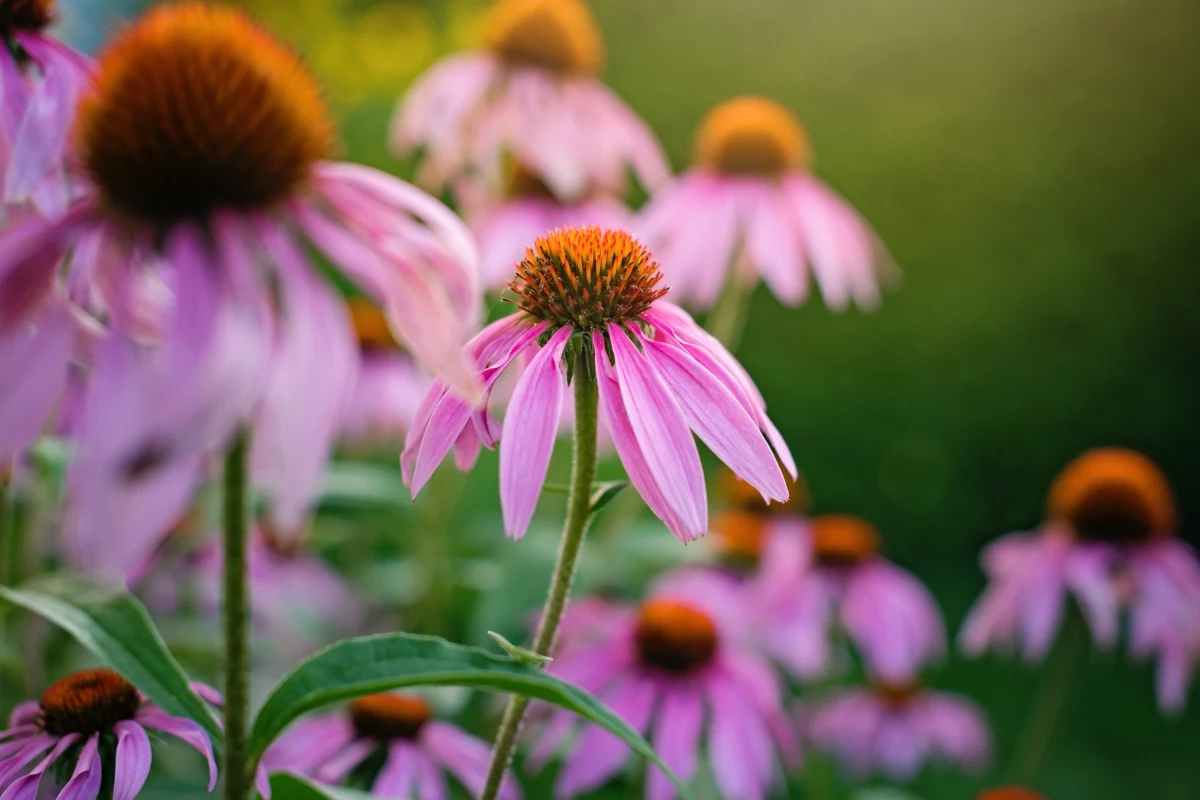
Let’s be real, though. “Disease-resistant” doesn’t mean “disease-proof.” Think of it like a person with a killer immune system. They can fend off most things, but if they’re stressed out and run down, they can still catch a cold. Our job is to pick the plants with the best natural defenses and then give them a home where they don’t have to struggle.
Why Some Plants Are Tougher Than Others
So, what makes one plant a mildew magnet and another a rock star? It all comes down to a concept the pros call the “disease triangle.” For a plant to get sick, you need three things all at once: a vulnerable plant, a pathogen (like a fungus), and the right environment (think high humidity and stagnant air). Take away just one of those three, and the disease can’t get a foothold.
Choosing a resistant plant is how you eliminate that first point—the vulnerable host. These plants have a few tricks up their sleeves:
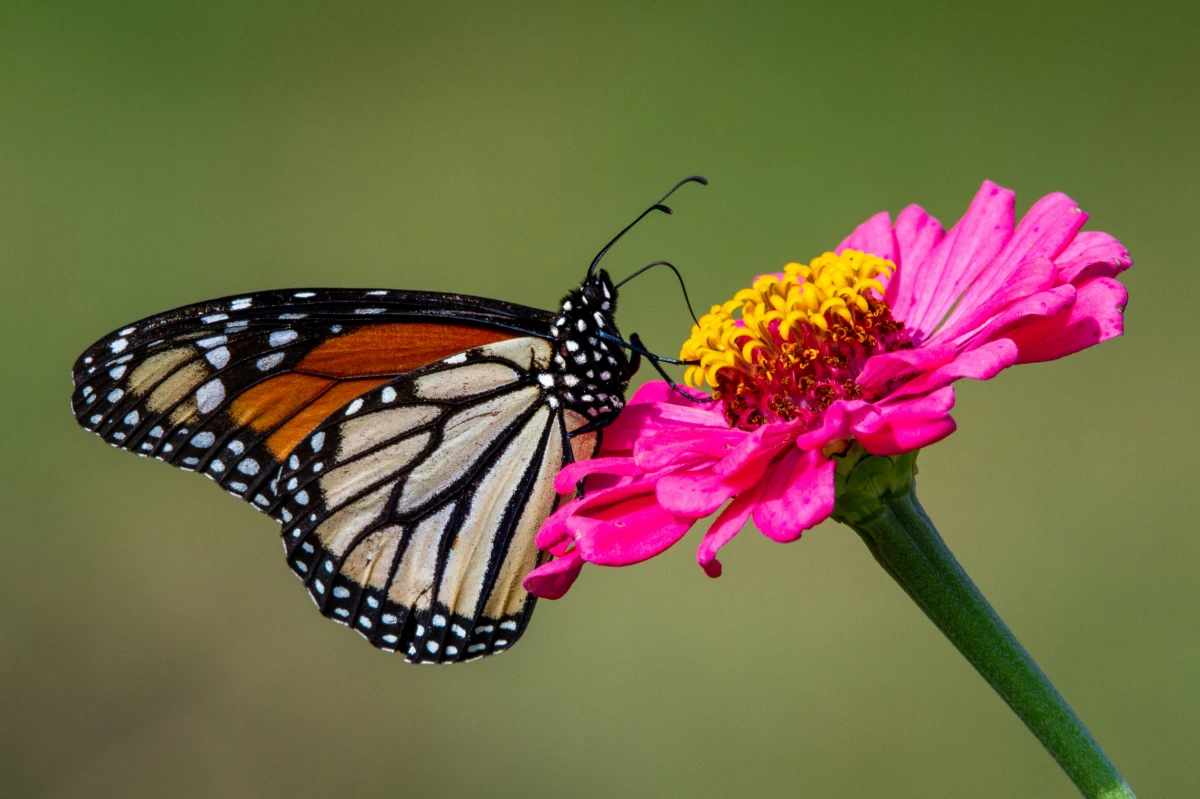
- Physical Armor: Some plants are just built tougher. They might have thick, waxy leaves that are hard for fungal spores to latch onto. Others have tiny hairs on their leaves that act like a velcro wall, keeping pathogens from ever touching the leaf’s surface.
- Chemical Warfare: This is the really cool part. When some plants sense an attack, they produce special compounds that are literally toxic to the pathogen, stopping the infection right in its tracks. It’s an internal defense system that breeders have worked hard to amplify in modern varieties.
By the way, when you see a plant labeled with a specific name in quotes, like Phlox paniculata ‘Jeana’, that last part—’Jeana’—is the cultivar. A cultivar is a specific variety that was selected by plant experts for desirable traits, and superior disease resistance is often at the top of that list. That’s why it’s so important to look for those specific names on plant tags.
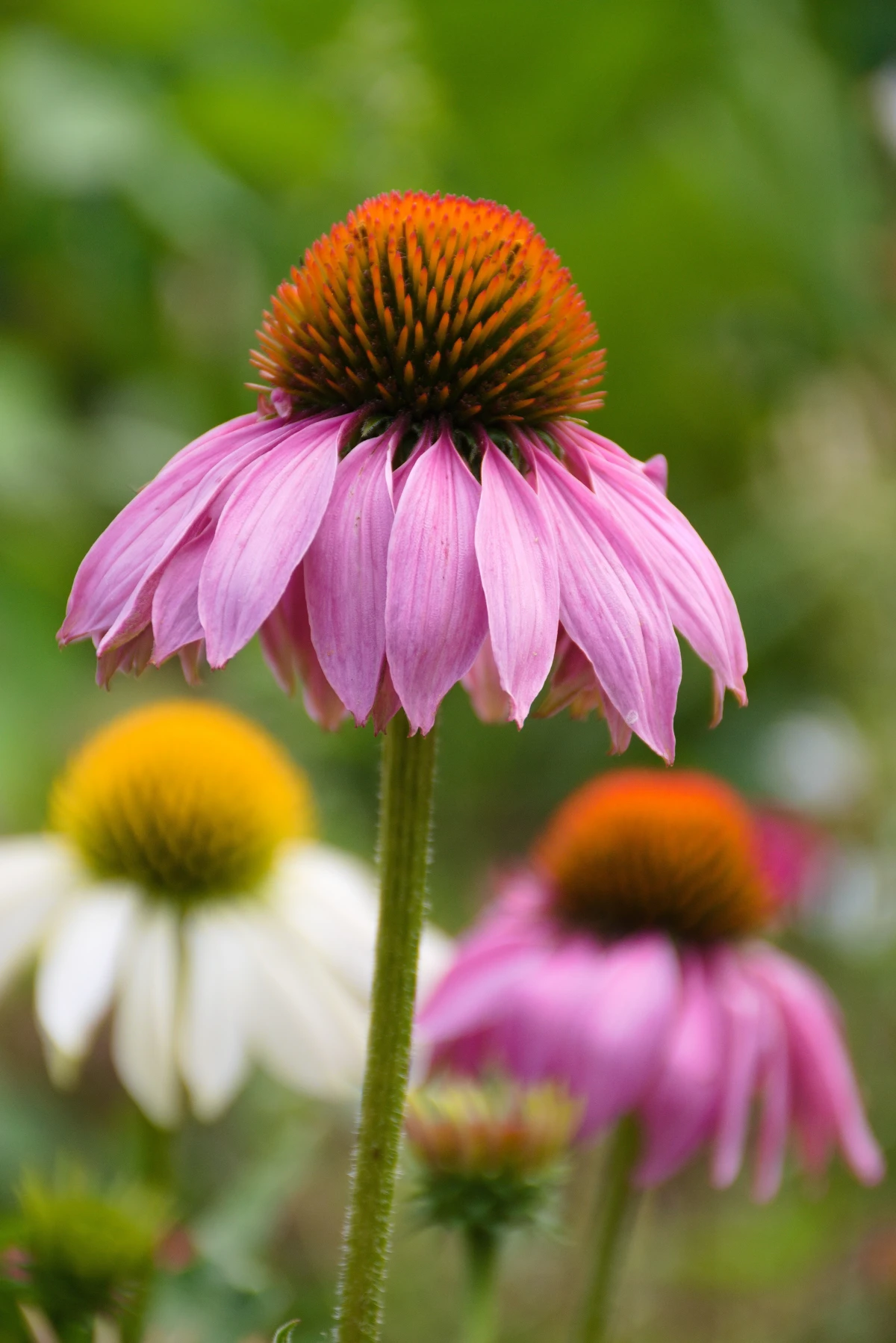
Your Job: Creating a Five-Star Health Resort for Your Plants
Even the toughest plant on the lot can get sick if it’s living in a stressful environment. Your garden prep and daily habits are a massive part of the equation. I’ve seen more plants fail from being in the wrong spot than from bad genetics.
It All Starts with the Soil
You can’t have healthy plants without healthy soil. Period. Before you plant anything, get a basic soil test. You can grab a simple DIY kit from a garden center for about $15-$20, or for a more detailed breakdown, send a sample to your local cooperative extension lab (usually costs around $20-$40).
This test tells you the soil’s pH. Most plants are happiest in a neutral zone (around 6.0 to 7.0). So what do you do with the results? It’s simple: If your pH is too low (acidic), you’ll mix in garden lime to raise it. If it’s too high (alkaline), you’ll add elemental sulfur to lower it. The bag will tell you how much to use.
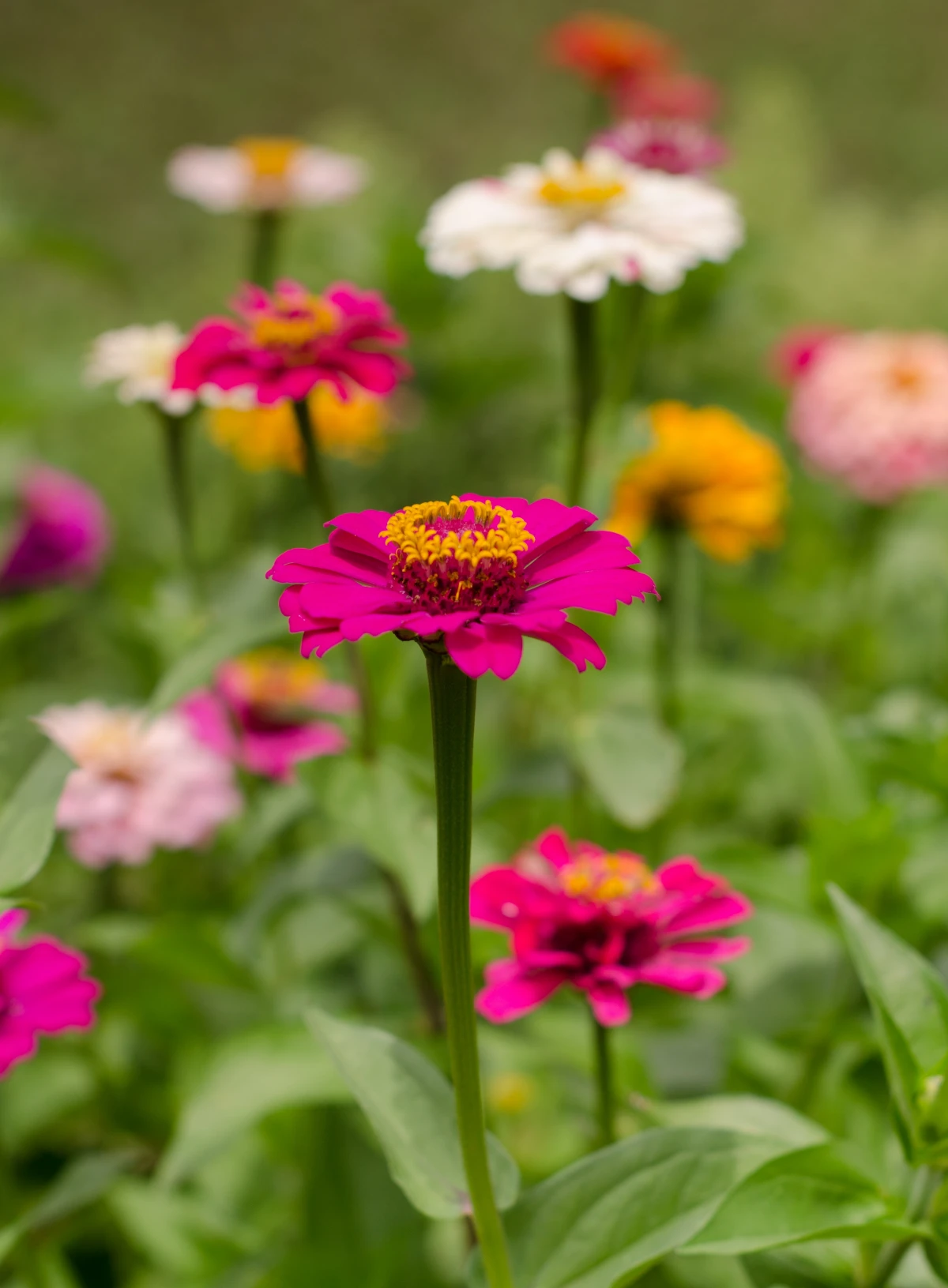
I also always, always mix in a few inches of good compost. A big bag runs about $6-$10 and is the best money you’ll spend. It helps clay soil drain and sandy soil hold water, and it’s full of beneficial microbes that muscle out the bad guys.
Give ‘Em Some Personal Space
This is probably the #1 mistake new gardeners make. They want that lush, full look now, so they plant everything cheek-to-jowl. This is a welcome mat for fungal diseases, which thrive when leaves are damp and crowded. Always follow the spacing on the plant tag—and if you live in a humid climate, I’d add an extra few inches. That airflow is your best friend.
Water Smarter, Not Harder
Stop watering your plants from above! Soaking the leaves, especially in the evening, is like setting up a nightclub for fungus. The best way to water is at the base of the plant. A soaker hose is a fantastic investment—you can get a 50-foot one for about $20 at Home Depot or Lowe’s, and it delivers water right to the roots.
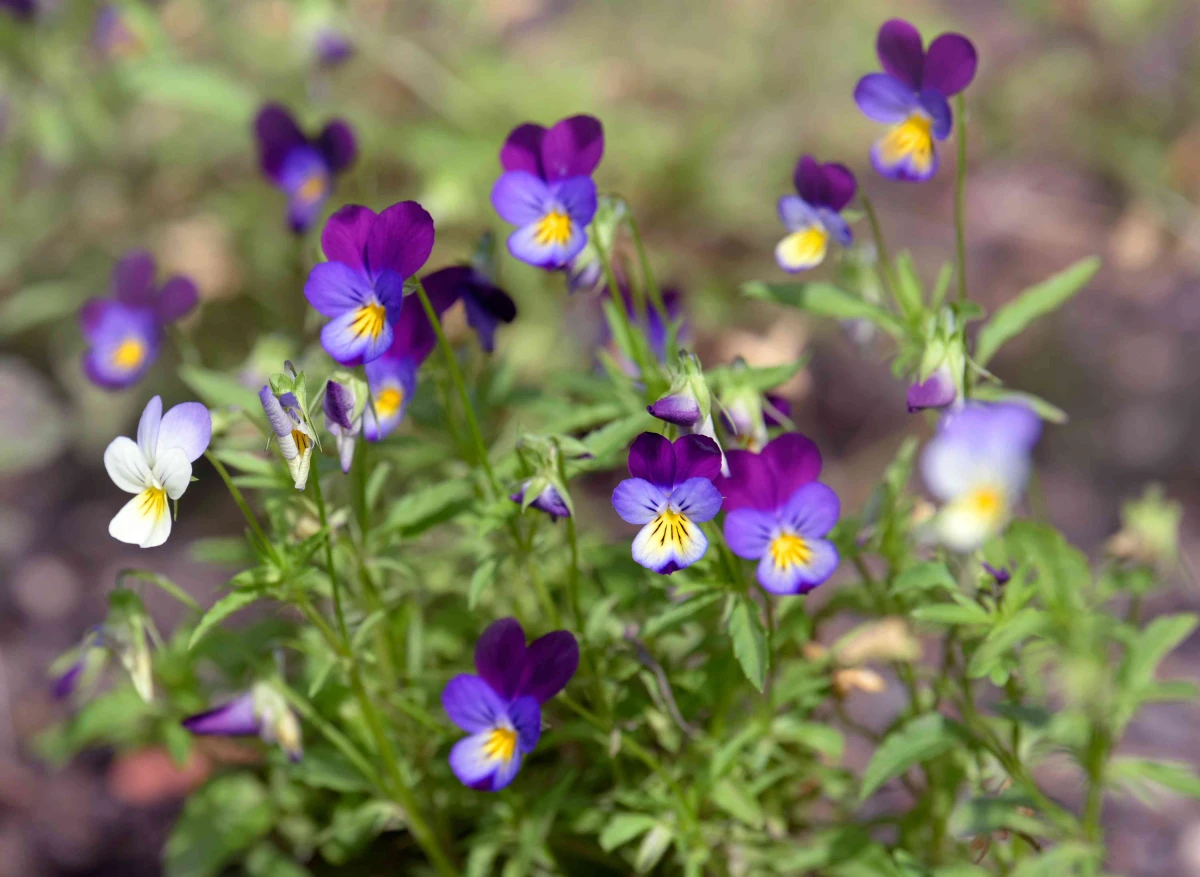
Quick tip: If you use a soaker hose, grab a cheap kitchen timer and set it for 20-30 minutes. It’s way too easy to forget it’s on and accidentally create a swamp.
If you have to water by hand, do it in the morning so the sun has a chance to dry the leaves long before nightfall.
Mulch Like a Pro
Mulch is fantastic, but don’t pile it up against the plant stems. This “volcano mulching” traps moisture against the base and can cause the plant to rot. Always leave a little 2 to 3-inch donut hole of bare ground around the stem. A 2-inch layer of mulch is perfect; more is not better.
My Go-To Plants for a Low-Drama Garden
Over the years, I’ve come to rely on a handful of superstars. These are the plants I use when I need guaranteed performance. And remember, it’s often worth paying a bit more for a specific, named variety. A generic coneflower might be $9, but the $18 award-winning cultivar next to it is your insurance against a season of frustration and costly sprays.
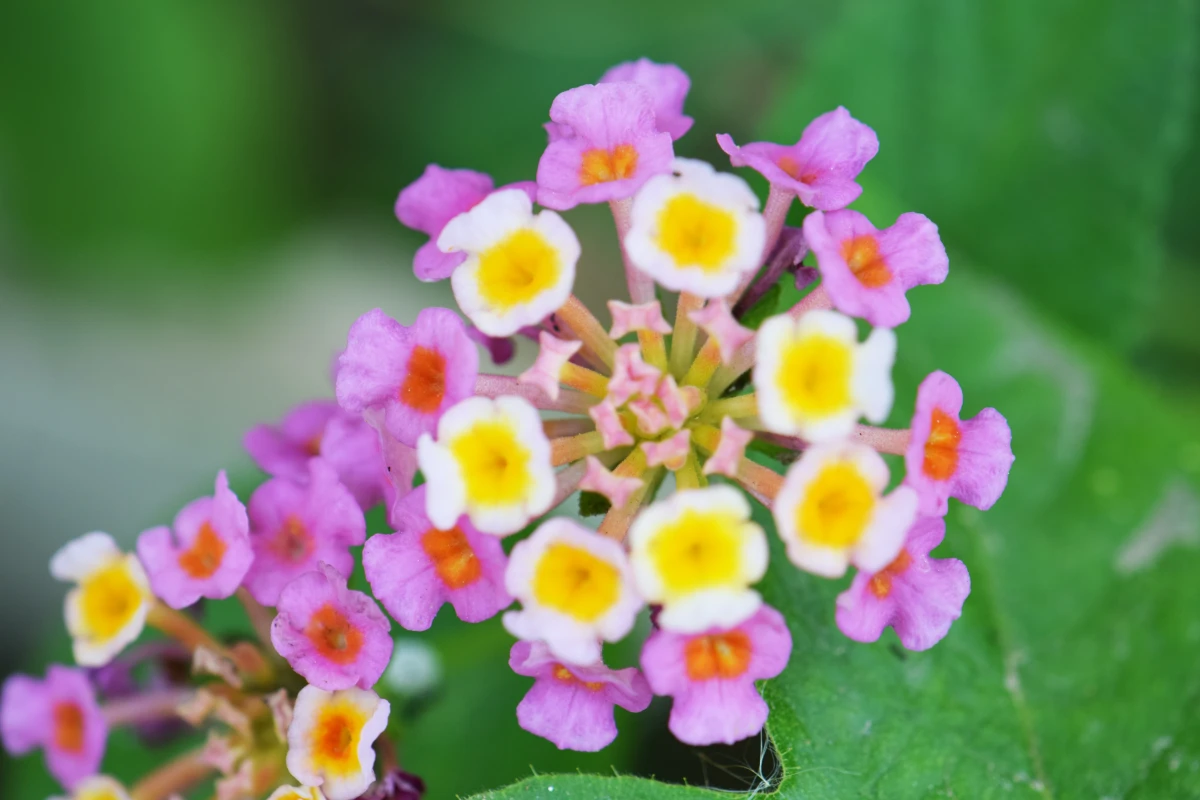
1. Coneflower (Echinacea)
A true workhorse of the sunny garden. They’re tough, beautiful, and pollinators go crazy for them. Modern hybrids come in a rainbow of colors beyond the classic purple.
Good to know: They need full sun and well-drained soil. They are fantastic at resisting powdery mildew and are very drought-tolerant once they’re settled in. Heads up, they can sometimes get a disease called aster yellows, which causes weird, green, deformed flowers. There’s no cure, so you just have to pull the infected plant to prevent the spread. It’s a good reminder that “resistant” isn’t invincible.
2. Tall Garden Phlox (Phlox paniculata)
Old-fashioned phlox was a mildew nightmare. But modern breeding has produced some incredible varieties that stay clean and gorgeous all summer. This is THE plant that proves why choosing the right cultivar matters so much.
Good to know: They thrive in full sun with good air circulation. Look specifically for mildew-resistant cultivars like ‘Jeana’ or ‘David’. They are worth seeking out at a good local nursery. In late spring, you can even try a technique called the “May chop”—cutting back about a third of the stems by half to make the plant bushier and extend its bloom time.
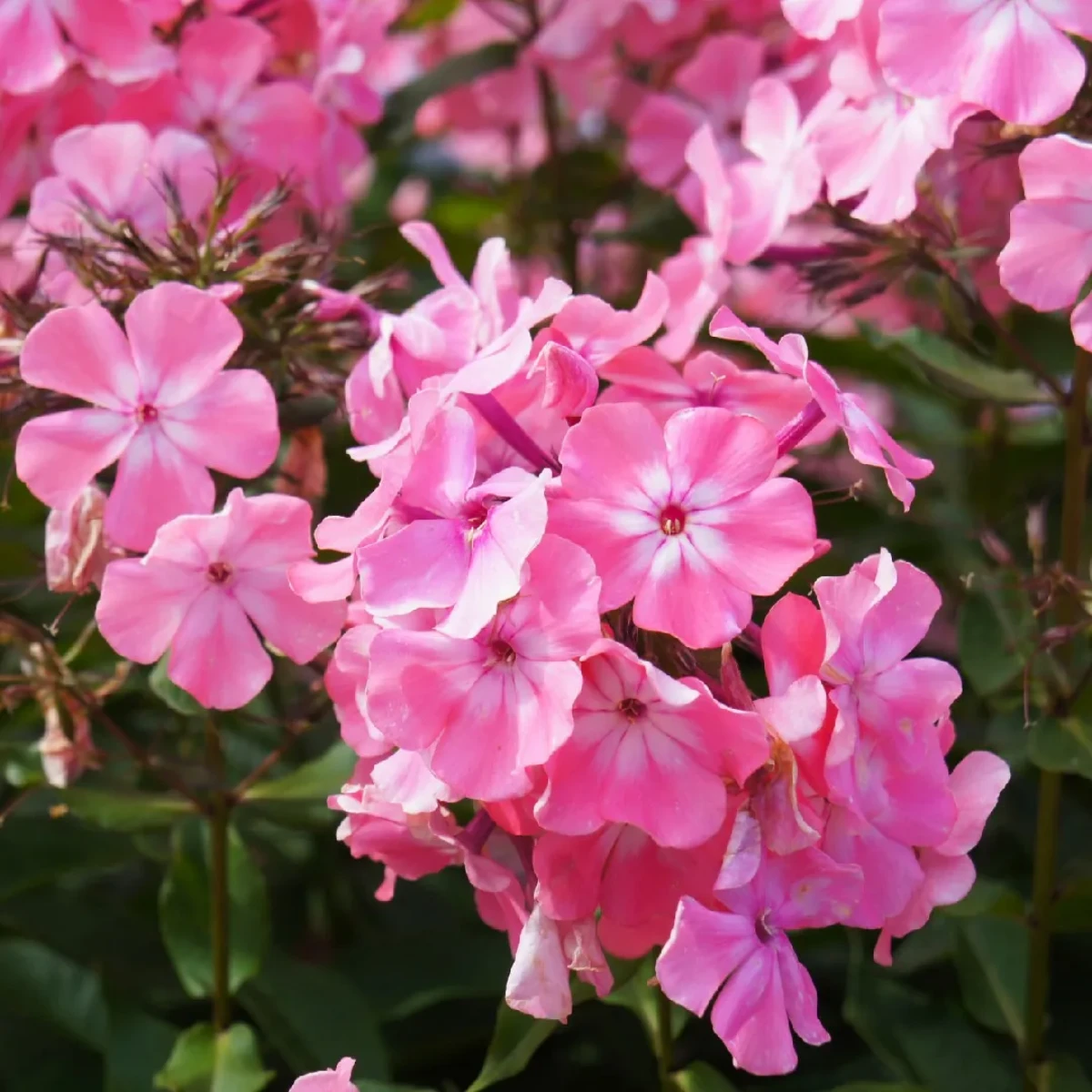
3. Bee Balm (Monarda)
Another native that used to have a bad rap for mildew. But just like phlox, the new kids on the block are fantastic. Hummingbirds will thank you for planting it!
Good to know: Happy in full sun to light shade with average to moist soil. Its minty-scented leaves make it very resistant to deer and rabbits. Look for newer, compact series like ‘Sugar Buzz’ or ‘Pardon My’ for smaller gardens. Oh yeah, it can spread aggressively, so be prepared to divide it every few years in the spring to keep it in check.
4. False Indigo (Baptisia)
If you want a plant that is virtually indestructible, this is it. I use it as a substitute for small shrubs because it has a great vase-like shape that looks good all season, even after its beautiful flower spikes have faded.
Good to know: Needs full sun and is not picky about soil. It resists pretty much everything: insects, disease, and deer. The one tradeoff is patience. It’s slow to get established and can take 2-3 years to really shine. But it’s a long-term investment that pays off handsomely. Plant it where you want it to stay, because its deep taproot means it hates being moved.
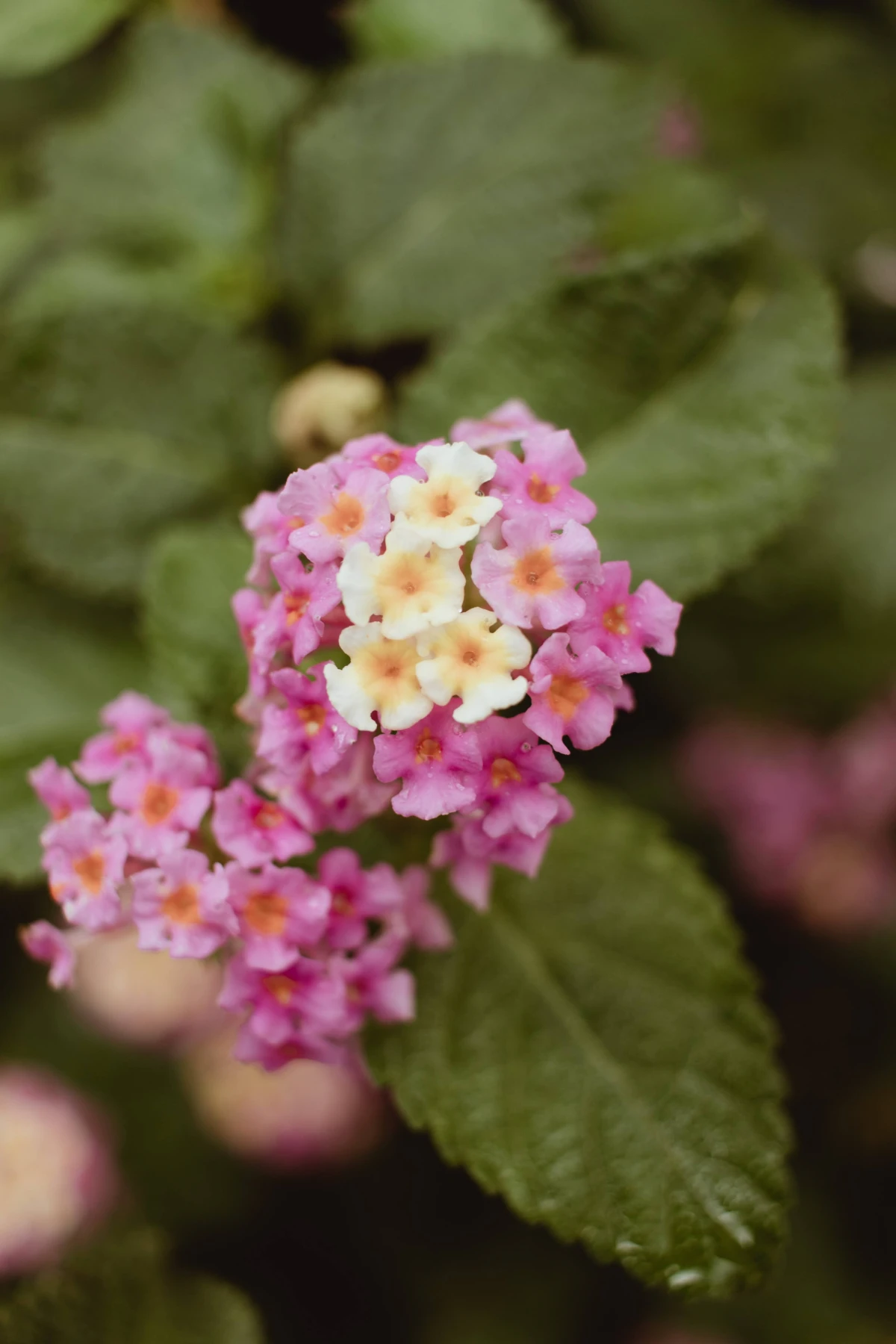
5. Peony (Paeonia)
Peonies are heirlooms in the making and can live for decades. They are incredibly tough but have one main weakness: botrytis blight, a fungus that strikes in cool, damp spring weather, making buds turn black and fail to open.
Good to know: They need full sun and well-drained soil. The key to preventing botrytis is non-negotiable fall cleanup. After the first hard frost, cut all the peony stems down to the ground. Rake up every last leaf and stem and put it in the trash, not the compost. This one task removes the fungal spores and is the single most effective thing you can do for healthy peonies next year.
When You’ve Done Everything Right and Still Get Disease
Sometimes, life happens. A solid week of rain or a brutally humid summer can overwhelm even the best plants. Don’t panic. The first step is to play detective.
I once had a client whose beautiful, mildew-resistant phlox was suddenly covered in mildew. I was baffled. The spacing was right, the watering was perfect… and then I saw it. Her neighbor had put up a solid privacy fence just a few feet away, cutting off all the afternoon breeze. The plant hadn’t changed, but its environment had.
For minor flare-ups, you can often manage them. Look for an organic fungicide at the garden center, something with potassium bicarbonate as the active ingredient (a common brand is GreenCure). These work by disrupting the fungus on the leaf surface. The key is to act fast, when you only see a few spots, not when the whole plant is white.
Your Garden’s Best Defense is You
At the end of the day, building a resilient garden is a partnership. You choose tough plants, and you give them a great place to live. But most importantly, you pay attention.
Walk through your garden every few days. Really look at it. How do the leaves look? Is the air moving? Is the soil too wet or too dry? This is how you learn the rhythm of your own little ecosystem.
And here’s a final pro tip: get a small spray bottle of 70% isopropyl alcohol and keep it with your garden snips. A quick wipe on the blades between plants prevents you from accidentally spreading a problem from a sick plant to a healthy one. It’s a simple habit that makes a world of difference. It’s not about finding shortcuts, it’s about being a smarter, more observant gardener.
Inspirational Gallery
Beyond just choosing the right plants, creating a breezy environment is your best defense against fungal diseases like powdery mildew. Think about air circulation when you’re planting. Give your zinnias, phlox, and squash plants a little extra elbow room instead of packing them in. Pruning lower leaves on tomato plants or thinning dense shrubs also allows air to flow freely, drying foliage quickly after rain and robbing mildew of the humid conditions it needs to thrive.
Did you know? Many disease-resistant plant varieties are the result of decades of traditional breeding. For instance, the popular ‘Knock Out’ series of roses was developed by Will Radler, who spent years cross-pollinating plants to find one that was naturally resistant to black spot.
This isn’t genetic engineering in a high-tech lab; it’s the result of patient observation and selection. When you buy a variety labeled ‘disease-resistant,’ you’re often benefiting from a gardener’s lifelong passion for creating a healthier, more resilient plant.
Mulch Matters: The Unsung Hero of Soil Health
Shredded Hardwood Mulch: Excellent for perennials and shrubs. It breaks down slowly, enriching the soil with organic matter over time. Its density helps suppress weeds and retain soil moisture, reducing plant stress.
Straw or Pine Straw: Ideal for vegetable gardens. It’s lightweight, allows water to penetrate easily, and keeps soil-borne pathogens from splashing onto the lower leaves of plants like tomatoes during heavy rain. It also decomposes quickly, adding nutrients for heavy feeders.
- Deters fungal spores from finding a home on leaf surfaces.
- Attracts beneficial insects that prey on pests.
- Improves soil structure and nutrient availability.
The secret? A simple spray made from your own compost. Actively Aerated Compost Tea (AACT) multiplies the beneficial microbes from high-quality compost. When sprayed on foliage, these microbes form a protective shield, outcompeting the bad guys for space and resources.
Can I really build a stronger
A garden that thrives on its own is not the work of a lazy gardener, but of a wise one who designed a system, not just a collection of plants.
The #1 Watering Mistake: Watering from above. Drenching the leaves of susceptible plants like roses, tomatoes, and lilacs is an open invitation for fungal diseases. The lingering moisture creates the perfect environment for spores to germinate. Always aim to water the soil, not the plant. A soaker hose or drip irrigation system is a gardener’s best friend, delivering water directly to the roots where it’s needed most and keeping foliage dry and healthy.
When planning, think in layers and partnerships. Planting garlic or chives at the base of rose bushes can help deter black spot. The strong scent of marigolds is famous for warding off nematodes in the soil, benefiting nearby tomatoes. This practice, known as companion planting, creates a diverse mini-ecosystem where plants support each other, making the entire garden more robust and less susceptible to a single disease wiping everything out.
If you love zinnias but hate powdery mildew, look for the ‘Profusion’ or ‘Zahara’ series. For a phlox that won’t succumb to mildew in late summer, try the ‘Jeana’ variety, which was named the 2022 Perennial Plant of the Year partly for its outstanding disease resistance. These aren’t just marginal improvements; they represent a fundamental shift in how you’ll experience these classic flowers in your garden.










